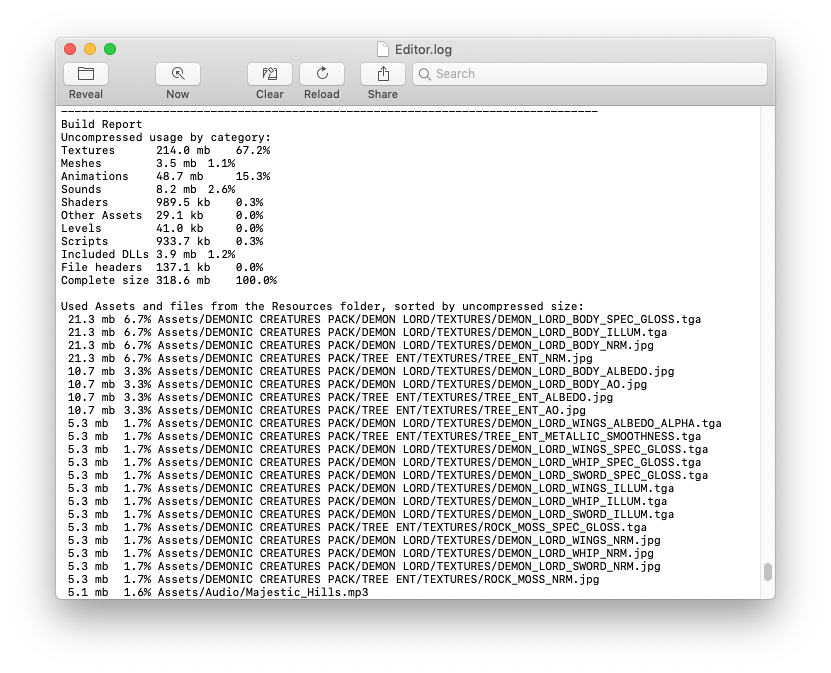DmitryKo
Veteran
If Sony were granted a patent on a SSD controller or disk block compression and tried to enforce it on the PC market, it would be challenged immediately. These are clearly prior inventions, even if relevant patent terms have lapsed.a patent predicated drive, controller and filesystem (software stack) wouldn't necessarily preclude it applying on PC.
But I doubt Sony care about anybody using their implementation on PC
There is one original part in the Sony patent, and it's about the implementation of the software stack (but not the filesystem, which is only mentioned in passing) in relation to hardware-based decompression - specifically, the SSD controller is not claimed to support any compression.
This means it's not actually block (sector/cluster) compression, but rather the OS layer (or SDK toolset) for compressing the entire game data file during installation (or during offline packaging), so that CPU-intensive algorithms with larger dictionaries can used to improve compression rate - then the ARM processors in the NVMe controller would decompress the entire file stream, and not just one block, when reading back data. If true, this could be a novel approach.
That said, Stac Electronics did offer both software drivers and hardware cards for their Stacker disk compression - these guys won a patent infringement lawsuit against Microsoft in 1994 for their DoubleSpace disk compression. Their hardware implementation was compatible with disks compressed in software (to a certain version of the algorythm) and vice versa.
So again, it feels like a collection of prior art, though I have no desire to examine each and every claim in relevant patents.
This is related. NVMe 1.x still uses 48-bit LBA (sector numbers) to address the data, but sector sizes can be arbitrarily large, and there is a list of multiple supported sector sizes, ranked by performance - so if the OS could match the real physical write block size (8-16-32KB), and/or erase page size (512KB - 1MB - 2MB), when formatting the file system and issuing disk IO commands, the need for internal garbage collection and wear levelling could be reduced, and read/write speeds could be increased considerably.most SSDs (a single drive/controller package) employ a native data structure that bears little relation to the OS filesystem, managed by the controller to encrypt, map bad blocks, manage garbage collection and wear levelling and crypto-shredding but custom file systems are supported all most desktop OSs
Textures and geometry are your enitre game data - if you can't efficiently compress them, there won't be any size reduction.Textures use GPU format compression and geometry does not need it and have its own form of compression like displacement mapping usable on GPU. I think they want to compress some of the files for keep at low as possible game size on SSD.
Last edited:


